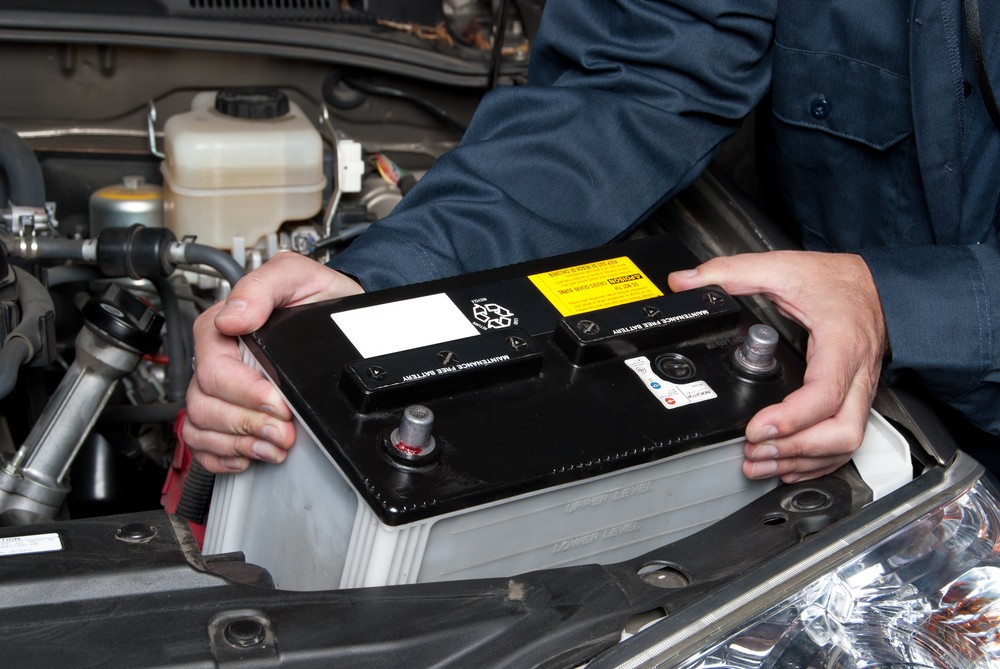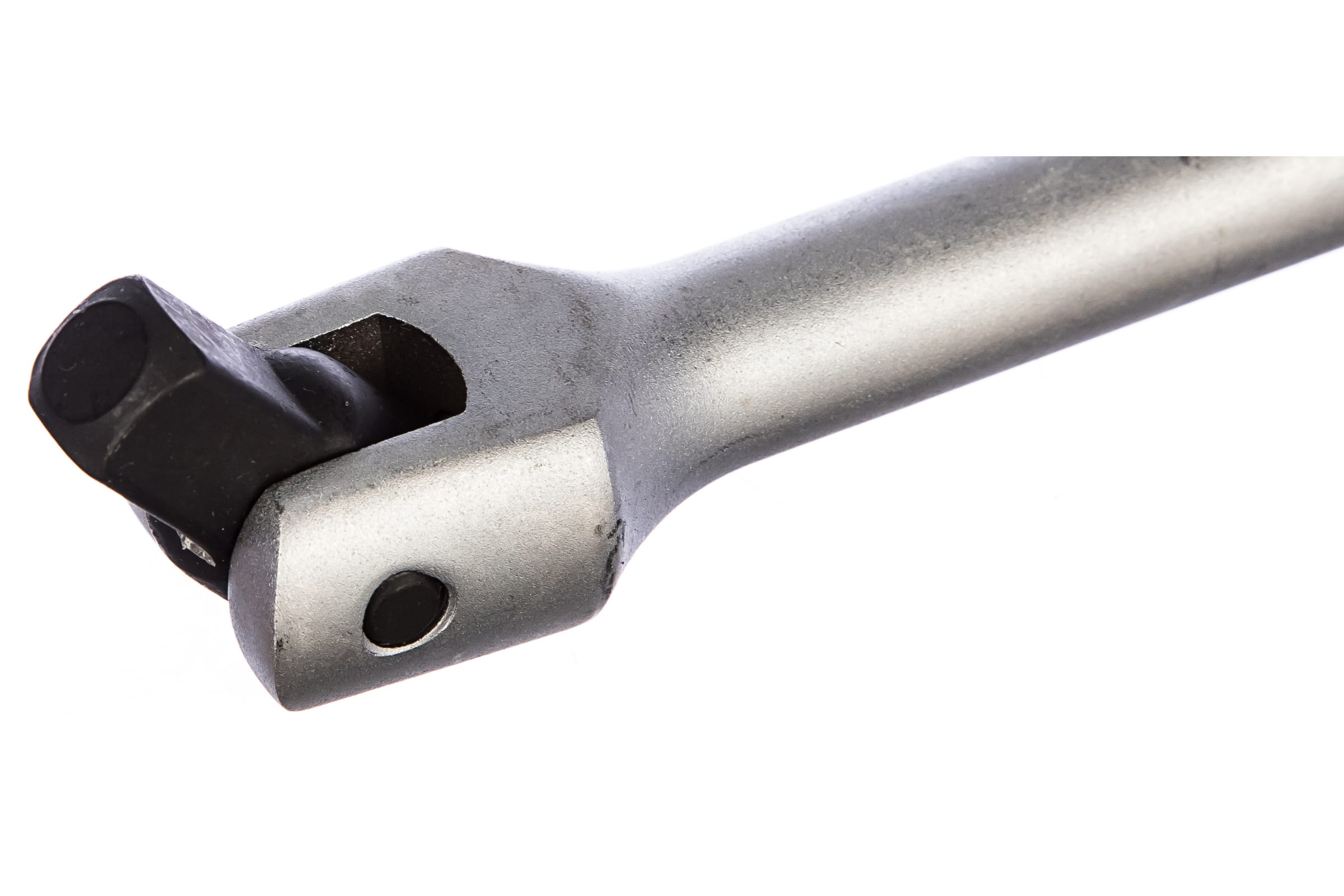
How to quickly stop a runaway Toyota Prius
The Toyota Prius is a plug-in hybrid vehicle that uses a combination of a gasoline engine and an electric motor to propel the vehicle. It is arguably the most famous hybrid car on the market and has a loyal following thanks to its innovative design and extremely efficient fuel economy.
One feature of the technology that Toyota is using in the Prius hybrid is regenerative brakes. Regenerative brakes use an electric motor to slow the vehicle, as opposed to the traditional method of applying pressure from friction materials to the wheels. When the brake pedal is depressed on a vehicle with regenerative brakes, the electric motor switches to reverse, slowing the vehicle without pressure on the brake pads. The electric motor also becomes a generator that generates electricity to recharge the hybrid batteries in the vehicle.
A Toyota Prius equipped with regenerative brakes also has a traditional friction brake design, which is used in case the regenerative system cannot slow the car fast enough in the event of a failure.
The Toyota Prius had braking problems in some model years, especially in the 2007 model year when the car would not slow down when the brake pedal was pressed. Toyota issued a recall to address issues the Prius was experiencing to prevent unintentional acceleration when the floor mat gets stuck under the gas pedal.
Although the issue has been resolved as part of the recall issued by Toyota, a vehicle not affected by the recall may still experience unintended acceleration. If your Toyota Prius is accelerating, you can still stop it.
Method 1 of 2: Shift Transmission to Neutral
If the accelerator pedal sticks while driving, you may not be able to brake effectively. You can overcome acceleration if you can shift the gear into neutral.
Step 1: Step on the brake pedal. If the accelerator pedal is stuck, press the pedal hard enough to slow down acceleration.
Although the car may still be accelerating, its speed will be less than without applying the brakes.
Keep your foot on the brake constantly throughout this process.
Step 2: Focus on the direction of your car. It is important to remain calm and not panic.
Your main task is to drive safely at all times, so watch out for other vehicles on the road near you.
Step 3: Hold the shift lever in neutral.. The gear selector, located on the dashboard to the right of the steering wheel, is electronically controlled.
Move the shift lever to the left position and hold it there. If you let go, it will return back to its original position on the right side.
Hold the shift lever in neutral for three seconds to disengage the gear.
After three seconds, the transmission will shift into neutral and coast.
Step 4: Continue depressing the brake pedal. At this point, the regenerative brake will not work, so you will need to press harder on the brake pedal for the mechanical brake system to work.
Step 5: Slow the vehicle to a stop and turn off the engine.. Slow your vehicle to a stop in a controlled manner by pulling off the road or on the right side of the road, and then turn off the engine.
Method 2 of 2: Turn off the engine while driving
If the accelerator pedal sticks while driving your Prius and the vehicle does not slow down, you can turn off the engine to regain control of the vehicle.
Step 1: Maintain control of the car. It is essential to your safety and the safety of others that you maintain a clear mind and continue to drive your vehicle to avoid possible collisions.
Step 2: Depress the brake pedal as hard as you can.. Applying the brakes may not overcome the acceleration, but should slow the acceleration until you turn off the engine.
Step 3: Locate the power button on the dashboard.. The power button is a round button to the right of the steering wheel and to the left of the information display.
Step 4: Press the power button. While holding the steering wheel with your left hand, press the power button on the dashboard with your right hand.
You will need to hold down the power button for three seconds to turn off the car's engine.
Step 5: Drive the car when it turns off. As soon as your engine turns off, you will notice changes in your car.
The steering will become heavy and sluggish, the brake pedal will become hard, and several lights and indicators on the dashboard will go out.
This is normal and you will still be in control of your vehicle.
Step 6: Continue depressing the brake pedal. Keep depressing the brake pedal hard to slow down the vehicle.
You may find that it takes considerable effort to engage the mechanical brakes when the engine is off.
Step 7: Pull over. Drive your vehicle to the right side of the road or into a parking lot and come to a complete stop.
If you experience unintentional acceleration of a Toyota Prius or any other Toyota model, do not continue driving your vehicle until the problem has been corrected. Contact your nearest Toyota dealer to inquire about outstanding recalls and report unintentional acceleration. Feedback on this issue on your Prius is free. Execute all recalls as soon as possible after receiving the recall notification from the manufacturer.

